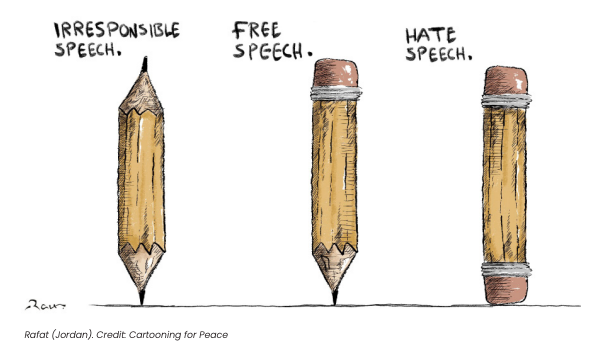Also in 1989, a young Black art student at the School of the Art Institute of Chicago named Dread Scott made headlines for his artwork involving the American flag.
Certain politicians and other people want to prevent art (visual, literary, theatre, dance, music, etc.) from being exhibited or distributed on the grounds that it makes some people "uncomfortable". It is not a matter buried in the deep past. As I type, legislators throughout America are trying to pass laws that would make it illegal to teach and exhibit "controversial" works and ideas. Sometimes the issues aren't even very controversial. Who could deny that racism isn't a real thing and a real problem? Who could deny that people experience sexuality and gender in ways that are not explicitly heteronormative? Who could deny that violence against women and trans people shouldn't be taken seriously? Well, sadly, the answer to these questions is "Plenty of people," and they're trying to pass laws to enforce these ideas. They do this by censoring and silencing people who have different ideas.
This document, The State of Artistic Freedom, 2021, summarizes the problems that artists (a/k/a content creators) continue to face.
Start to take notes, search J-STOR, bookmark websites, freewrite. You will be writing your essay on these ideas.






No comments:
Post a Comment